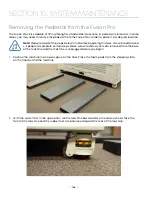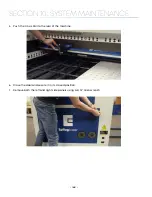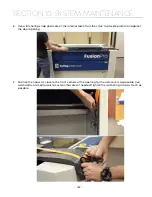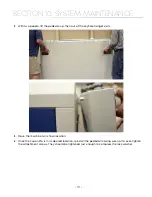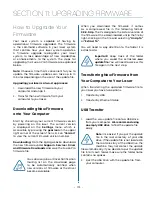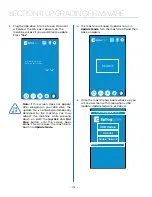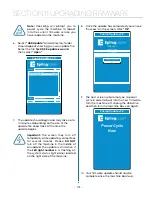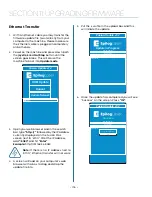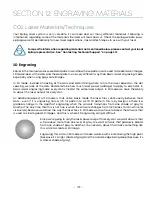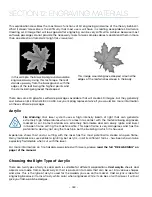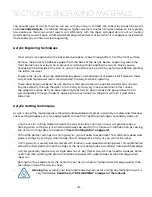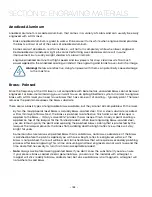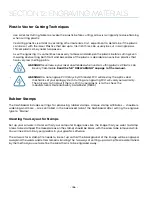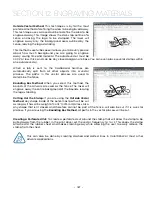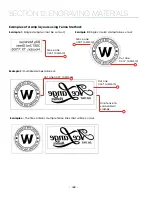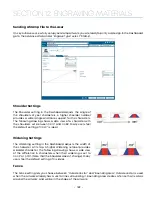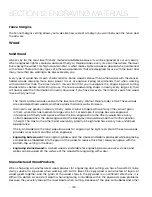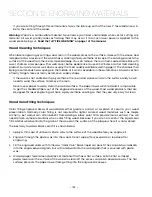
This explanation describes the most basic functions of 3D engraving and some of the theory behind it.
What it doesn’t describe is the difficulty that most users will have in creating acceptable 3D artwork.
Creating a 3D image that will look good after engraving can be very difficult to achieve because most
software packages do not provide the necessary tools to take complex objects and blend them in more
than one direction from dark to light (or, visa versa).
There are some 3D graphics software packages available that will create 3D images, but they generally
cost between $3,500 and $10,000 USD. Ask your Epilog representative if you would like more information
on these software packages.
Acrylic
Fire Warning:
Your laser system uses a high-intensity beam of light that can generate
extremely high temperatures when it comes into contact with the material being engraved,
marked or cut. Some materials are extremely flammable and can easily ignite and burst
into open flame setting the machine afire. This open flame is very dangerous and has the
potential to destroy not only the machine, but the building in which it is housed.
Experience shows that vector cutting with the laser has the most potential to create an open flame.
Many materials are susceptible to igniting, but acrylic -in all its different forms - has been shown to be
especially flammable when cut with the laser.
For more information on fire hazards associated with lasers, please
read the full “FIRE WARNING” on
page 1 of the manual.
Choosing the Right Type of Acrylic
There are two types of acrylics and each is suitable for different applications.
Cast acrylic
sheets and
objects are made from a liquid acrylic that is poured into molds that can be set into various shapes
and sizes. This is the type of acrylic used for the awards you see on the market. Cast acrylic is ideal for
engraving because it turns a frosty white color when engraved. While it can be cut with a laser, it will not
give you flame-polished edges.
In this sample, the black background would be
engraved away. Using this technique, the leaf
stands up away from the background, with the
edges of the leaf being the highest points and
the stems being engraved the deepest.
This image would engrave deepest around the
edges of the leaf and less deep in the body.
- 180 -
SECTION 12: ENGRAVING MATERIALS
Summary of Contents for Fusion Pro 32
Page 2: ......
Page 6: ......
Page 14: ...Fusion Pro 48 8 SECTION 1 SAFETY ...
Page 15: ... 9 SECTION 1 SAFETY ...
Page 18: ......
Page 28: ......
Page 60: ......
Page 98: ......
Page 108: ......
Page 132: ......
Page 162: ......
Page 184: ......
Page 202: ......
Page 214: ......
Page 216: ......
Page 242: ......

